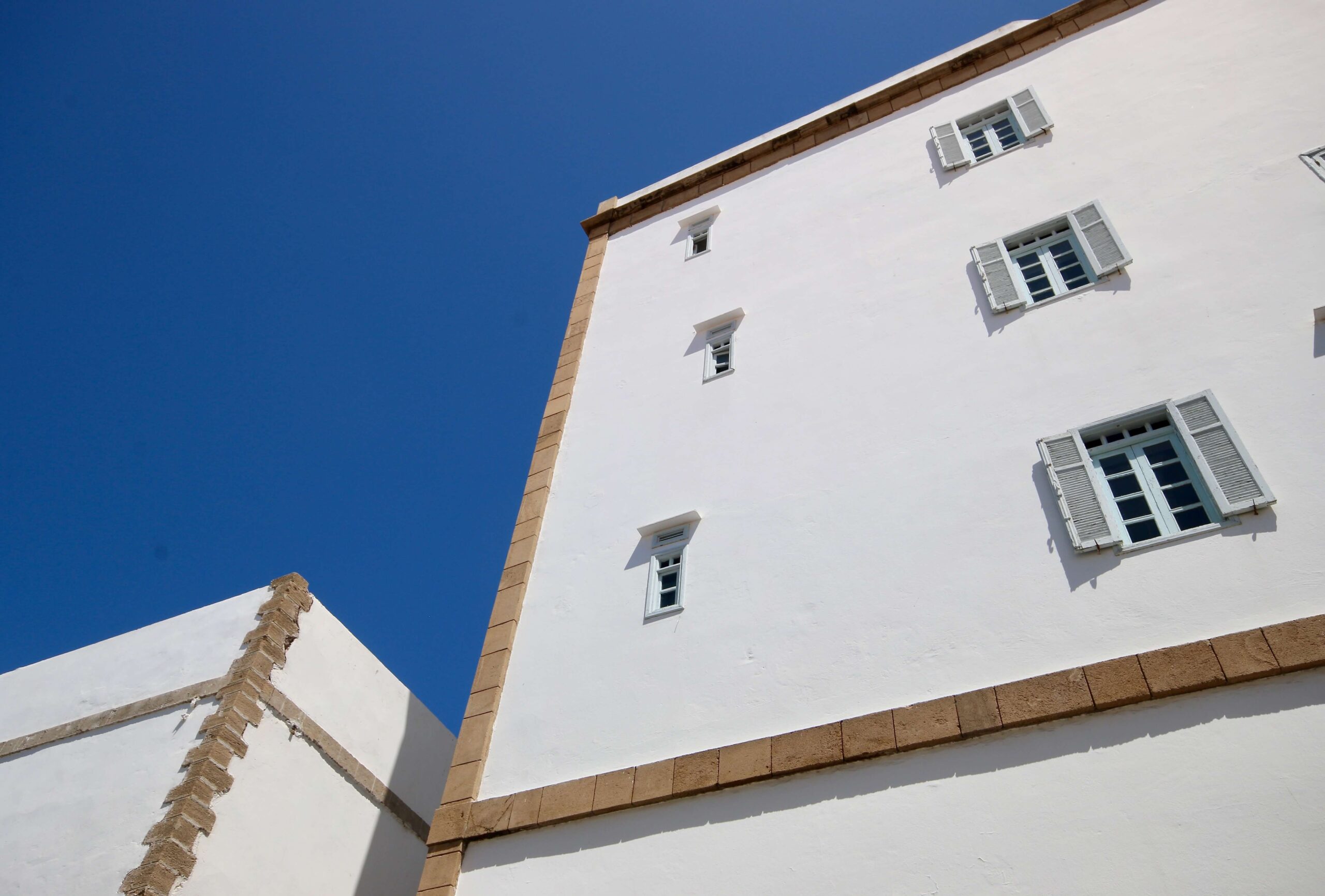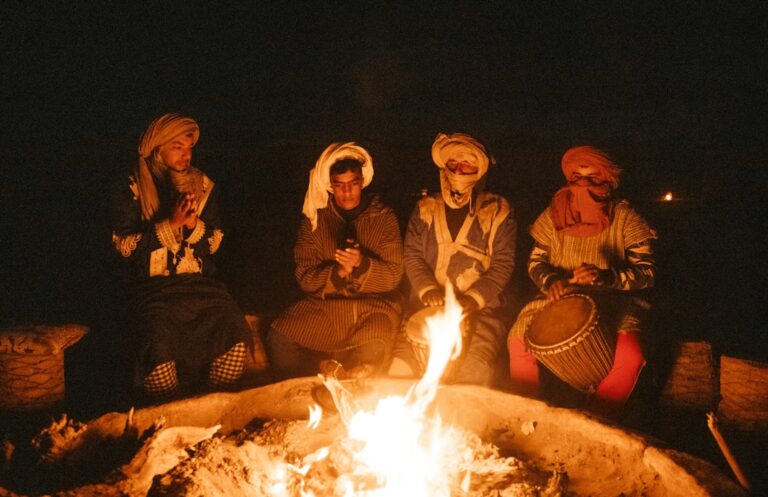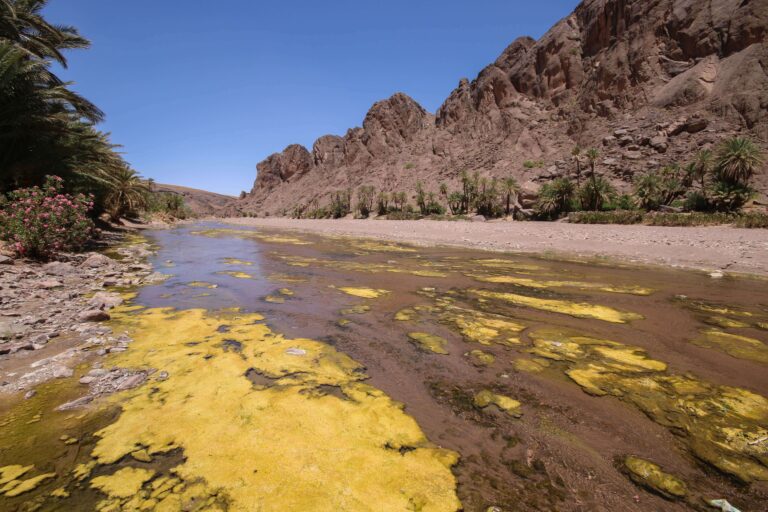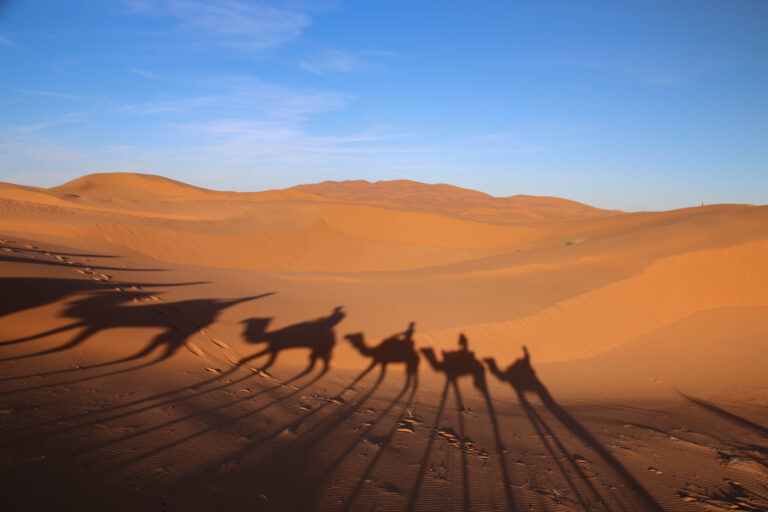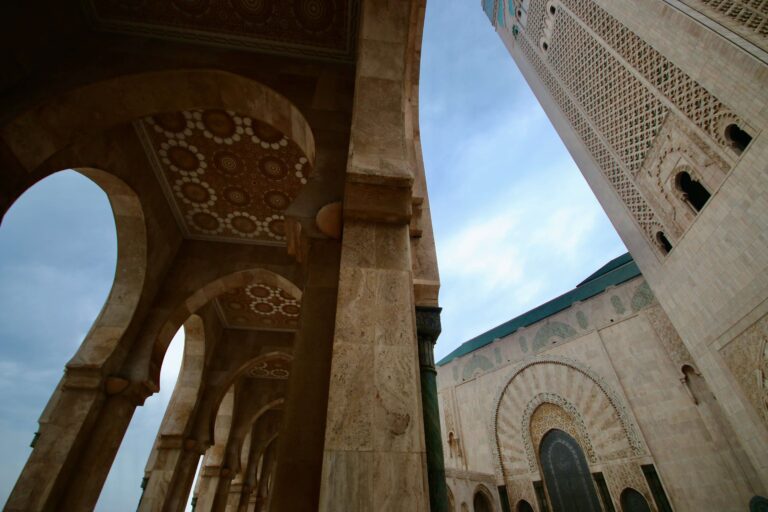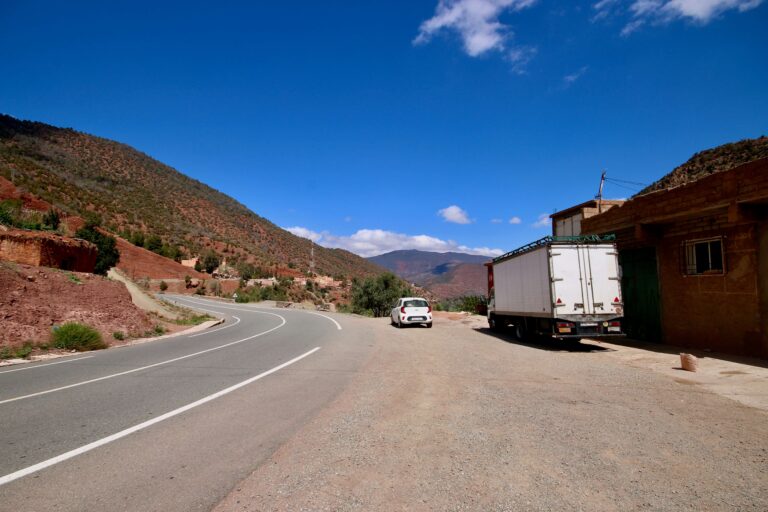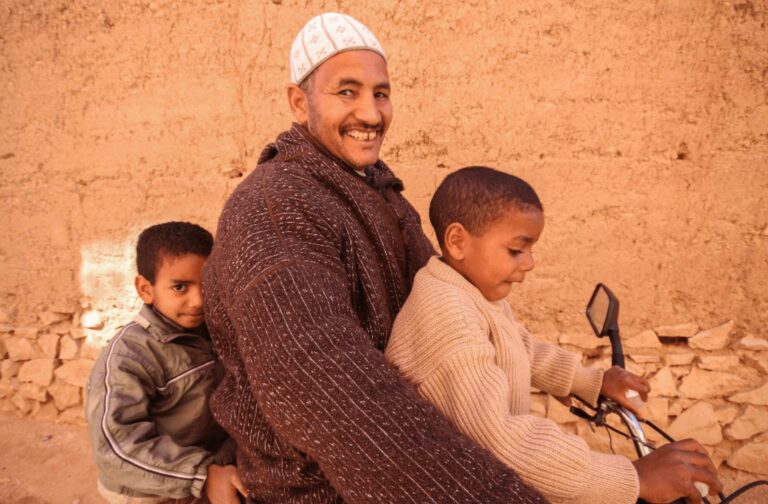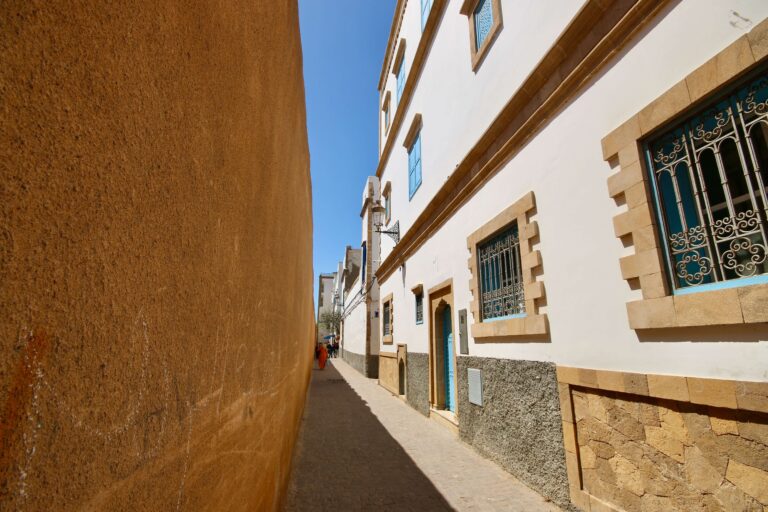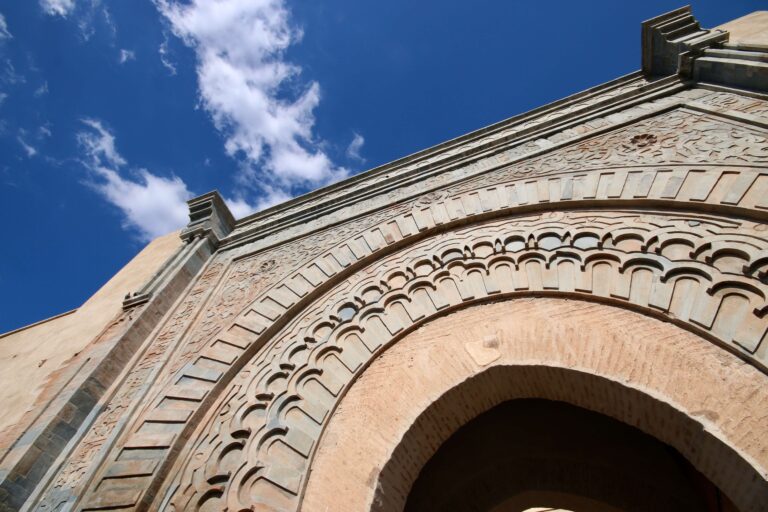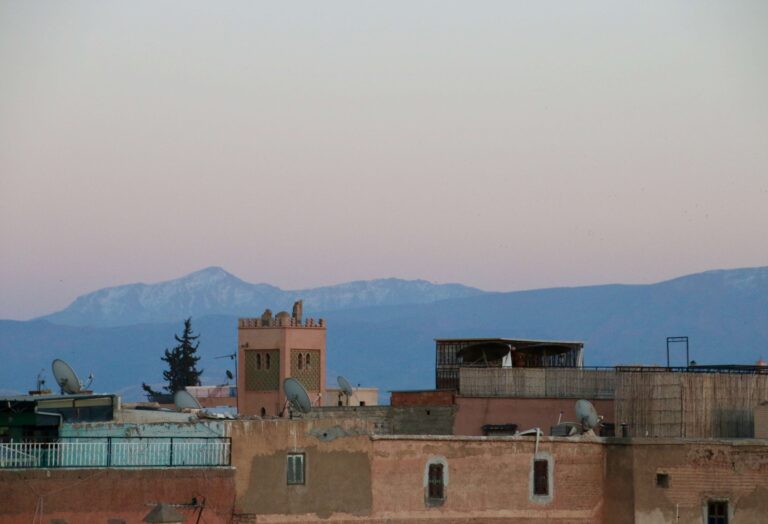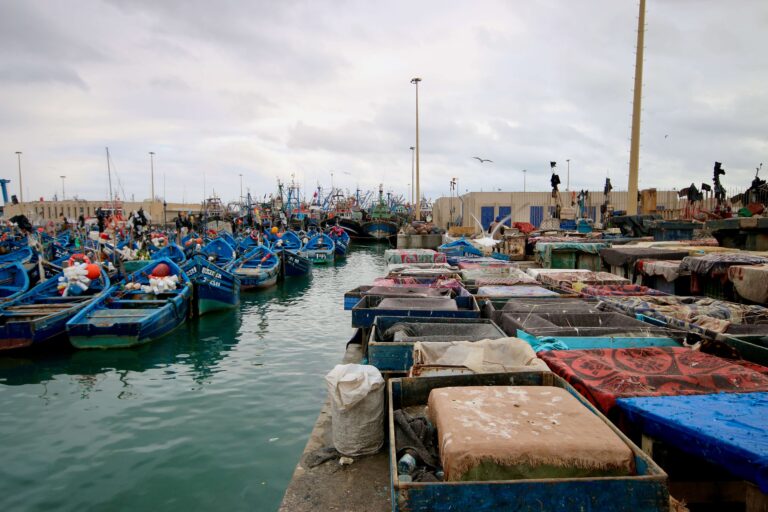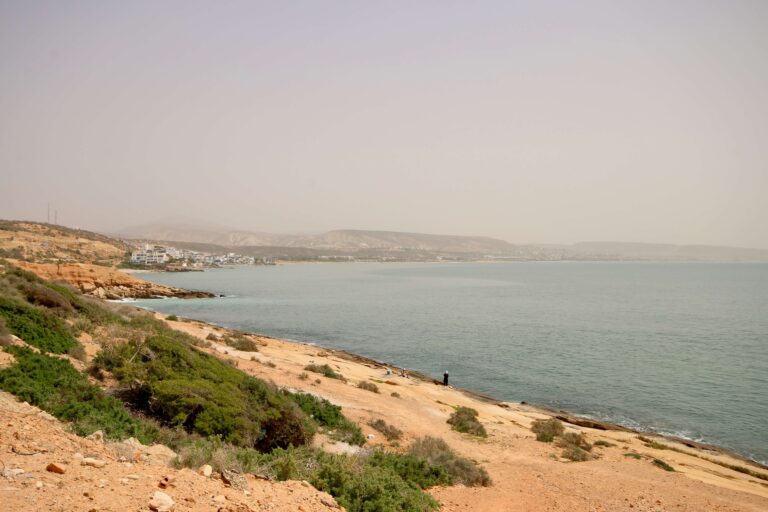Travelling to Morocco in July: Is it a Good Time to Visit?
Travelling to Morocco in July? Discover everything you need to know about visiting Morocco in the summer, from weather to crowds and where to go.
Morocco in July is hot….uncomfortably hot by some people’s standards, including mine! It’s not my favourite month to be in Morocco. But I’m gradually learning how to escape not only the heat but also the summertime crowds!
Heading to the Sahara in July is only for the brave and inland cities like Marrakech and Fes can be scorching. But there are still plenty of pockets where you can enjoy temperatures that are comfortable enough for medina sightseeing and outdoor exploration.
As it’s the peak holiday season for European and North American vacationers, July is one of the busiest times to visit Morocco. If you’re travelling to Morocco in July, it’s essential that you plan ahead and secure bookings early. This is particularly true if you’re hitting up some of the country’s most popular destinations.
Want to avoid the crowds? My advice would be to plan your July holiday in Morocco around some of the country’s hidden gems, such as the gorges of Todra and Dades or the southern beaches of Mirleft and Sidi Ifni.
Morocco boasts a huge stretch of Atlantic coastline where you’ll benefit from regulating ocean breezes and a holiday that’s all about sun, surf and sand.
Coinciding with the height of summer, July also sees lively music and arts festivals taking place across Morocco. This makes it an ideal time to immerse yourself in the country’s creative scene.
In this article, I’ll explain exactly what you can expect if you’re travelling to Morocco in July, from weather to events and the best places to visit.
If you’re focusing your travels on Marrakech, Fes, Agadir or Essaouira, click on the links to find detailed information about visiting each in July.

Disclosure: This article contains affiliate links, meaning I earn a small commission when you make a purchase. Affiliate links cost you nothing and ensure my content stays free!
Weather in Morocco in July
July in Morocco is a month of contrasts, with the country’s diverse geography creating different climates across its regions. In the Atlas Mountains, the days are long and sun-drenched.
Temperatures often reach into the high 20s°C (80s°F) during the day. While the mornings and late afternoons are ideal for hiking, the midday heat can be too much for some.
Marrakech, however, experiences a more intense heat. Temperatures regularly soar well into the high 30s°C (around 100°F) as the Saharan influence takes hold. For some people, it can be unbearable being out sightseeing in the middle of the day.
For me, finding a riad with a swimming pool is a “must” if I’m visiting Morocco in July.
In contrast, Morocco’s coastal areas offer a welcome respite. For example, the port city of Tangier experiences more moderate temperatures averaging in the mid-20s°C (75°F).
Similarly, the beaches along the Atlantic coastline are comfortably hot and ideal for swimming, sunbathing and water sports.
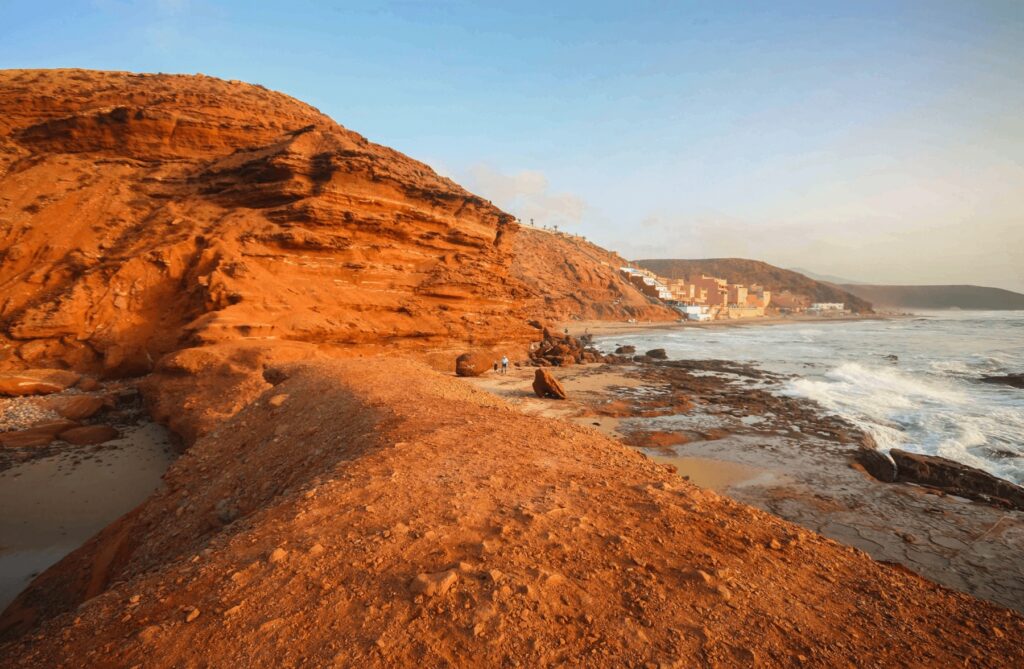
Is July a popular time to visit Morocco?
While the scorching summer heat may deter some travellers, July is still one of the most popular times to visit Morocco. During this peak tourist season, the coastal towns and cities come alive with an influx of both domestic and international visitors seeking sun, surf and sand.
Marrakech and Fes are both incredibly busy (despite the heat). The annual summer holidays bring an influx of international tourists to the historic medinas.
This surge in visitors means that advance planning is an absolute must if you’re travelling to Morocco in July. Accommodations, train/bus tickets and even spots on guided tours can book out quickly.
It’s also important to keep in mind that not all accommodations have air conditioning. So check beforehand if that’s a dealbreaker for you.
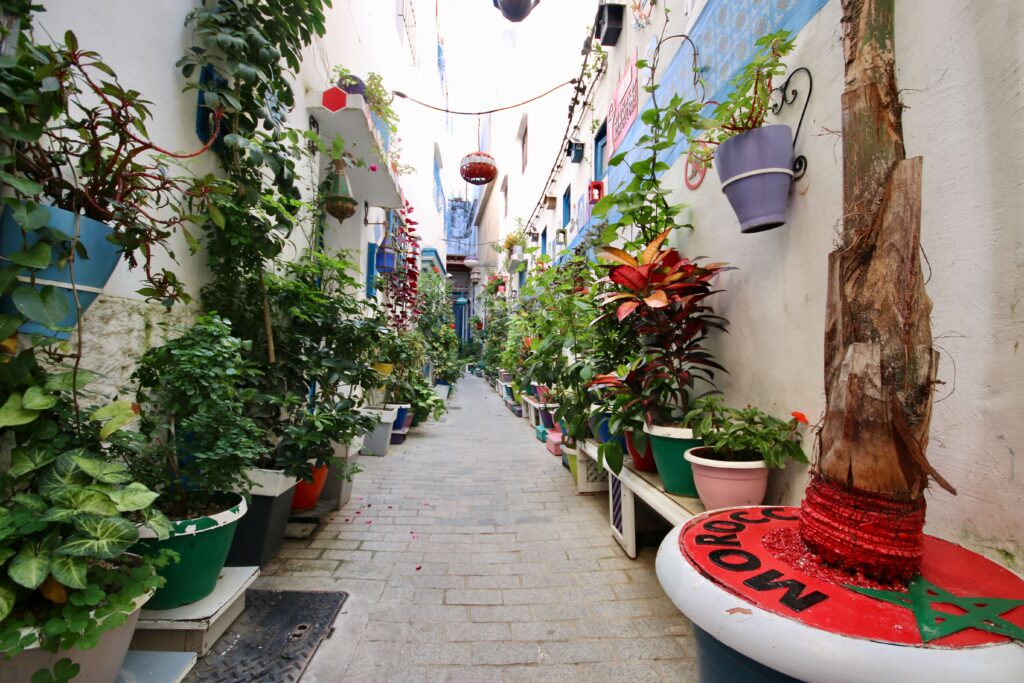
Festivals and events in Morocco in July
Asilah Arts Festival
This annual summer festival sees the coastal town of Asilah transformed into a vibrant canvas as artists from across the globe converge to create public artworks. Held over two weeks, the festival features large-scale installations that inject new life into the town’s whitewashed streets.
In addition to thought-provoking murals, you can expect interactive sculptures and experimental light displays that push the boundaries of traditional art. The Asilah Arts Festival is also an opportunity for discussions centred around contemporary art, all in a gorgeous seaside setting.
Timitar Music Festival
Founded in 2004, this four-day festival has grown to become one of the most celebrated music festivals in Morocco. It takes place in the coastal city of Agadir and draws crowds of thousands from around the world. The event serves as a unifying celebration of the Amazigh identity through the universal language of music.
Across multiple stages, the festival showcases an eclectic lineup of musical acts, from traditional Amazigh folk ensembles to cutting-edge electronic artists. The Timitar Festival also features an array of other cultural offerings, including artisanal markets and interactive cultural workshops.
Feast of the Throne
Held on July 30 each year, the Feast of the Throne commemorates the anniversary of King Mohammed VI’s ascension to the throne. Official government offices, banks and many businesses close for the day, allowing citizens to gather with family and friends to honour their monarch.
In the evenings, the streets come alive with the booming of fireworks and patriotic parades. While it’s a wonderful occasion to experience, you do need to plan your day carefully around the potential closures.
Marrakech Popular Arts Festival
Taking place each year in the city of Marrakech, this wonderful festival features a diverse array of entertainers and artists from all corners of the globe. In addition to fire-swallowers, skilled storytellers and soulful singers, you can expect acrobatic performances and traditional Moroccan artisans showcasing their talents.
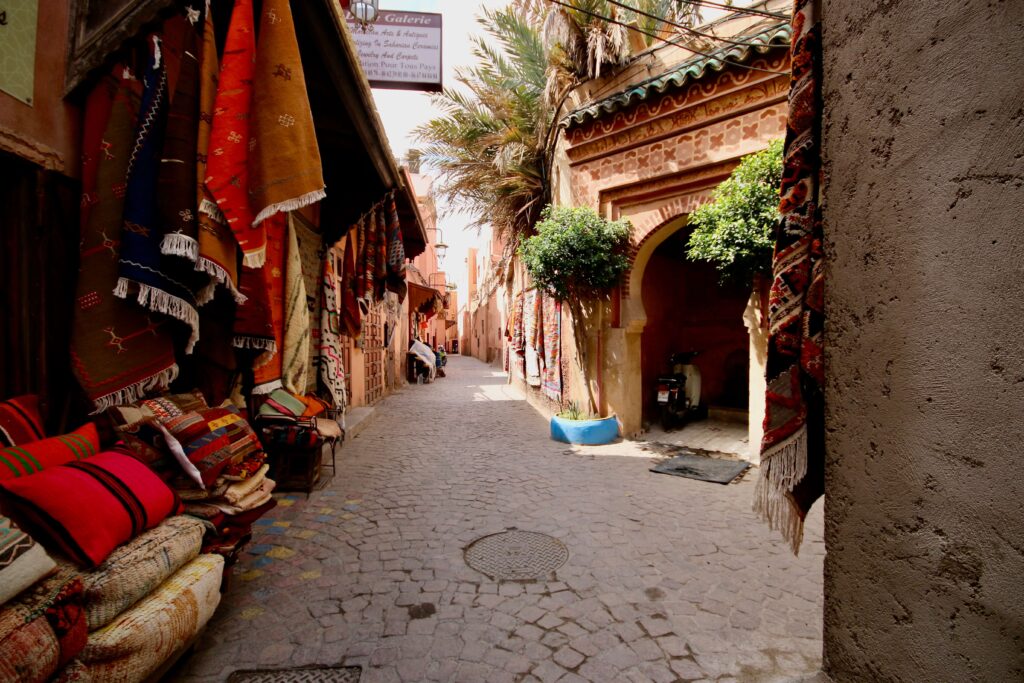
Where to go in Morocco in July
With the sweltering summer heat blanketing much of Morocco during July, it’s wise to steer clear of the Sahara and inland desert regions. Instead, I’d recommend seeking out the country’s more temperate coastal areas and mountain towns in both the Atlas and Rif ranges.
The seaside city of Agadir, with its wide sandy beaches, makes for an ideal summer escape. It boasts a good choice of all-inclusive resorts if you’re after a hassle-free holiday.
Whitewashed Asilah ignites with an international street art festival while Essaouira provides a breezy respite if Marrakech starts to cook.
Further north, you can explore the vibrant port city of Tangier or the blue-hued streets of Chefchaouen. Also worth visiting is the medina of Tetouan, which has been designated as a UNESCO World Heritage Site.
The stretch of coastline between Tangier and Al Hoceima has been dubbed the “Moroccan Riviera”. Head here for a classic beach vacation overlooking the Mediterranean Sea.
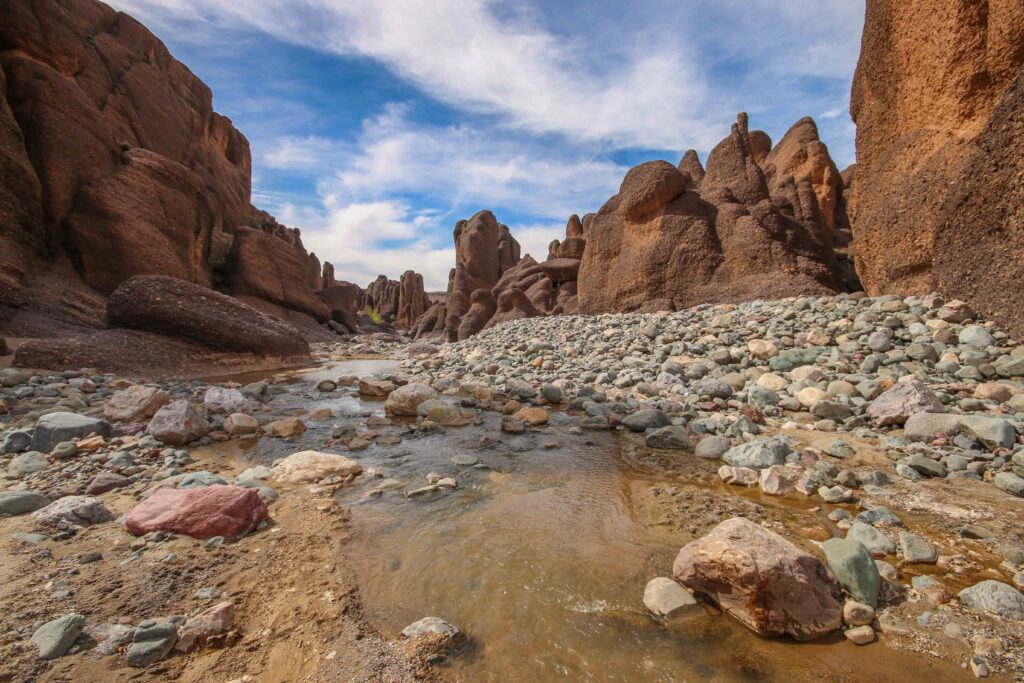
For those craving a more active vacation, the Rif and Atlas Mountains enjoy cooler temperatures than what you can expect at lower elevations in July. That being said, the midday sun can still be quite intense on the hiking trails around Imlil and Chefchaouen. Bring lots of water with you!
Top tip:
If you’re heading to the beaches around Taghazout to surf, keep in mind they can get incredibly busy – get your session in during the early morning hours (tide and wind conditions depending) to avoid the crowds. For fewer surfers in the water, I’d suggest venturing south to the breaks around Mirleft and Sidi Ifni.
If you have your heart set on visiting Marrakech, head out sightseeing before the heat of the day sets in. Then, retreat to air-conditioned museums or your riad pool when the sun is at its peak.
Summer evenings are when Morocco’s cities really come to life, with locals heading into the streets to socialise in the cool night air.
For those who are self-driving, this one-week itinerary from Tangier to Fes is perfect for July as it’s concentrated on the north of the country.

PLAN YOUR TRIP WITH MY FAVOURITE RESOURCES:
Find hotels via Booking
Book tours and attractions via Viator or GetYourGuide
Find a rental car via Discover Cars
Book flights via Kiwi or Booking
Search for buses and trains via 12Go or Omio
Get travel insurance via SafetyWing
Buy a digital eSIM with Airalo
By purchasing through my links, you’ll be supporting my website at no additional cost to you
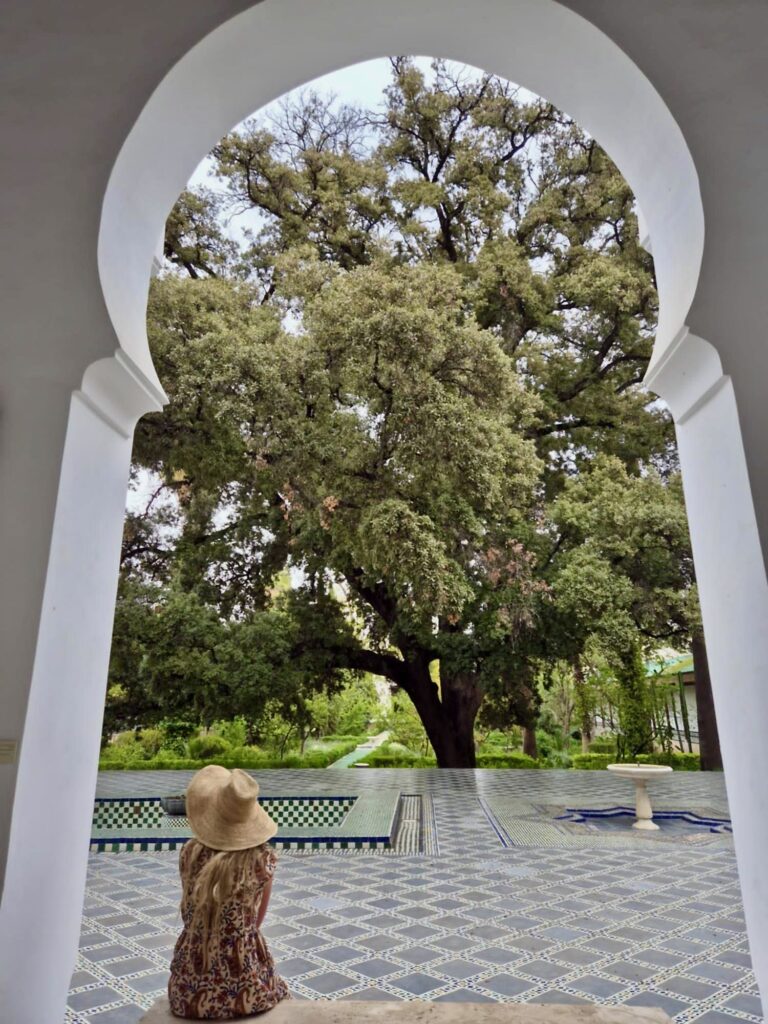
About Me
I’m Malika, a global traveller who first visited Morocco in 2014 before marrying a local and settling down in a little village on the Atlantic coast. Over the years, I’ve developed an intense love for Morocco, its incredible landscapes, storied cities and the exceptionally generous hospitality of its people.
Malika in Morocco is a place to share my years of experience exploring the country, from north to south and from the Atlantic Ocean to the Sahara Desert. As a resource for travellers visiting Morocco, I want to encourage others to experience this captivating destination the way they desire, whether that’s independently or under the expert guidance of local tour operators.
I believe strongly in supporting responsible and sustainable tourism initiatives while inspiring travel experiences that are life-impacting and mutually beneficial for both travellers and locals.
-
Meet the indigenous Amazigh people of Morocco
Often referred to as “Berbers”, the Amazigh people of Morocco are a diverse collection of ethnic groups Indigenous to North Africa. While they are concentrated primarily in the Maghreb region (Algeria, Libya, Mauritania, Tunisia and Morocco), they can also be found in northern Mali and northern Niger. Predating the arrival of Arabs in the region,…
-
Should I Get Travel Insurance For Morocco? Everything to Know
Whether you’re travelling to Morocco on a one-off trip or living a semi-nomadic lifestyle in the country, travel insurance should be a top priority before you head off. I’m someone who never travels abroad without travel insurance. It was drummed into me by my parents when I was young that it just wasn’t worth the risk. After…
-
Visiting Morocco’s Sahara Desert: Everything You Need to Know
Planning on visiting Morocco’s Sahara Desert? Discover everything you need to know to plan an incredible visit, from the best tours and self-drive itineraries to highly-rated desert camps. One of the most transformative experiences I’ve had in Morocco was spending a night under the star-studded sky of the Sahara Desert. Not only did I feel…
-
Renting a Car in Casablanca: Everything You Need to Know
Thinking about renting a car in Casablanca? Discover everything you need to know, from road conditions to safety issues and car hire costs in Morocco. Casablanca is Morocco’s main aviation gateway and the first port of call for many international travellers. So it makes sense that it’s also one of the best places to rent a car…
-
Renting a Car in Marrakech: Everything You Need to Know
Renting a car in Marrakech is a fantastic way to explore southern Morocco on your own terms. This is particularly ture if you want to visit the Sahara Desert, follow the Route of 1000 Kasbahs or venture into the spectacular gorges of Dades and Todra. While the train and bus networks in Morocco cover a…
-
Everything You Need to Know About Driving in Morocco
Planning a road trip in Morocco? Read on to discover everything you need to know about driving in Morocco, from road conditions to safety issues and renting a car. With its mix of bustling cities and vast open landscapes, Morocco offers a wide array of experiences behind the wheel. It’s an incredible destination for a…
